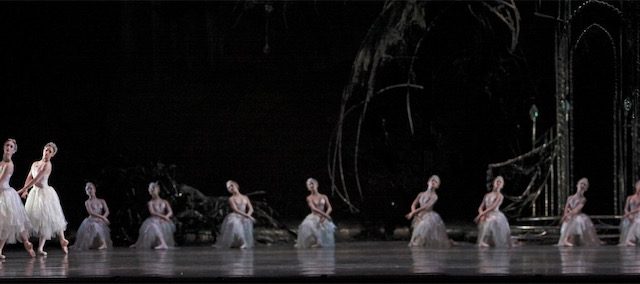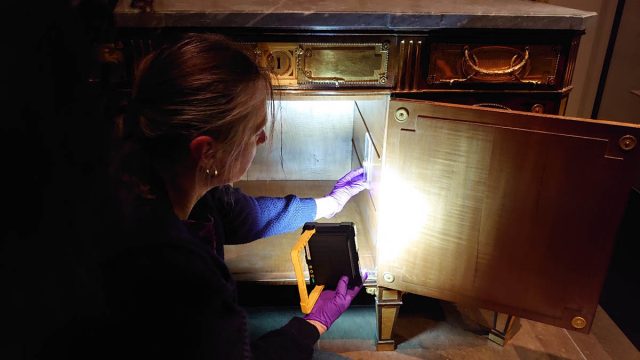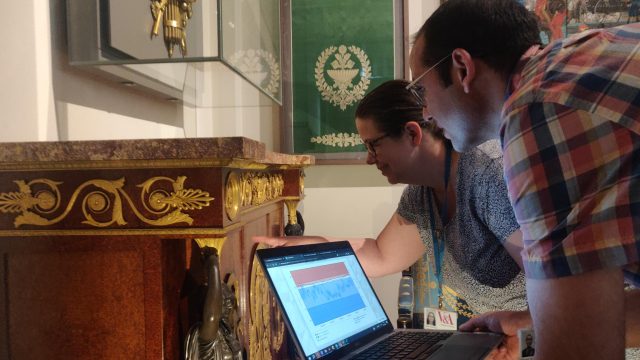by Sandra Smith, Head of Conservation & Technical Services
This, sadly, will be my last Editorial for the V&A Conservation Journal. I leave the Museum for pastures new in February after 16 years as Head of Conservation, and latterly as Head of Conservation and Technical Services. Moving away from an organisation is always a point of reflection, looking back on what has changed and forward to the further challenges to come.
The conservation profession has become increasingly confident and able to lead museum-wide discussion regarding the use and care of collections. Over 70 years of collective experience, since the first conservation course was established in the late 1950s, have moved us from risk-averse u2018nay- sayersu2019 to pragmatic decision-makers, where judgement is underpinned by risk management, training and good practice. As a result, exhibitions successfully tour across the world and include increasingly fragile collections (Tisdall).
Care of collections and long-term preservation now takes priority over large scale interventive treatments. Whilst this is much lamented by conservators, with the associated concerns over loss of hand skills, this hands-off approach, combined with increasingly sophisticated investigative techniques, is elucidating new knowledge of collections, which would be compromised by (some) cleaning and consolidation techniques. Where intervention does take place, there is a noticeable move away from petrochemical-based synthetic resins and a return to traditional, natural materials (Catcher and Allen, Allen and Barrow). Green, sustainable conservation is embedded in practice, reducing health risks to the conservator and contributing to the greater good of the environment. The use of these materials can also increase insight into original making and decorative techniques (Bainbridge).
There remains, however, the fundamental need for curiosity and challenge, to investigate a little deeper the recipes and manufacturing knowledge so as to move our understanding forward. Research is increasingly collaborative, with large grant-giving bodies such as AHRC encouraging cooperation between museum, university and industry (Hackett) to maximise the applications of the research. Conservation and science students (Crowther et al, Burden), are increasingly looking for u2018realu2019 rather than theoretical questions to explore as part of their course, whilst museums share expertise and equipment to solve common questions (Osmond). Local research, which was once noted, inaccessibly, within conservation records or shared only in professional journals, is now available in blog posts and on websites, where readers have the opportunity to contribute to the narrative. This openness and partnership is a great reflection of a profession coming to maturity.


